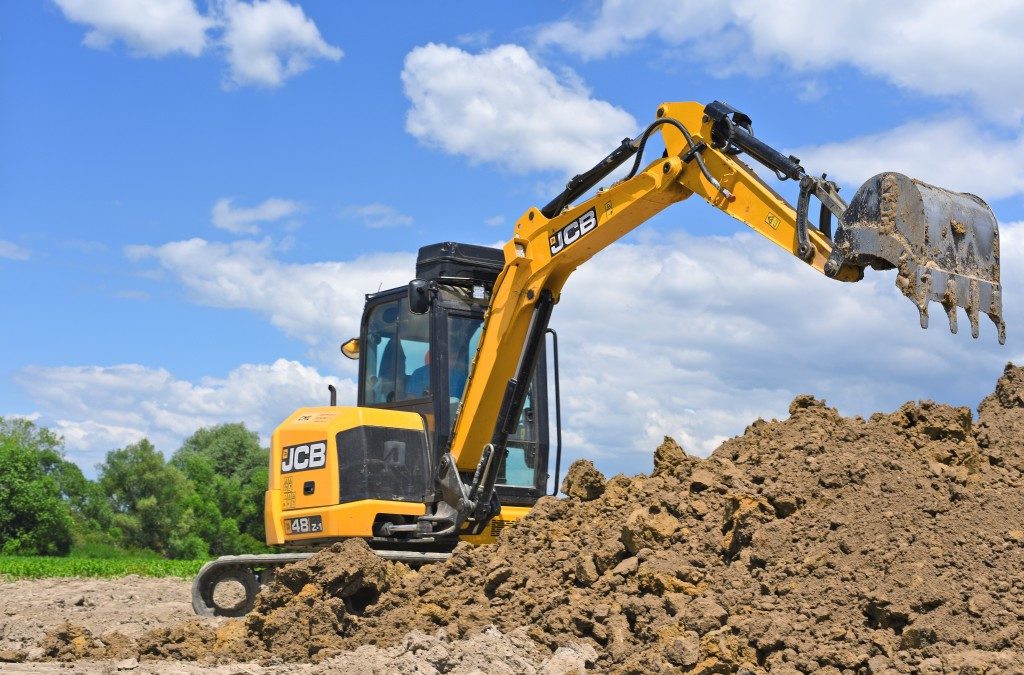Several types of excavation serve different purposes, but they require specific protocols to ensure that the process is safe for all those involved. Here are some tips to make it as safe as possible.
-
Make use of advanced equipment
Even though some construction teams mix manual labor with older machinery, it would be a good investment to use updated equipment that can automate otherwise risky parts of the job. For instance, a lot of excavator buckets for sale in Australia or from other areas can take away a lot of the danger that comes from having workers excavate manually.
Making use of these pieces of equipment not only helps make things safer for your workers but also increases productivity and cuts down the time to get the job done. That goes hand-in-hand with other tools, like rock breakers and the like, that require less workforce. With that, laborers can focus on other streamlined activities that can contribute to the building process.
-
Invest in the right trench box
This step is one you don’t want to scrimp on, especially if you’re going to do a lot of deep digging. Install one if you anticipate that the trenches will hit five feet deep. Properly integrating it will also have to be based on the type of soil your construction team will be working in, as these all react differently and will determine how you can position your trench box.
While you want to ensure that you are digging in a careful manner that doesn’t cause a cave-in, it’s better to have a safeguard that you know you can rely on if the worst happens. Get one that is precisely fit for the space you’ll be working with and is built with solid metal materials that can combat the heavy soil that could come from whichever direction.
-
Make sure everything is weather-ready

It’s common practice to make sure you are aware of the weather conditions before getting to work, but it’s best to equip your workers with tools and gear that will keep things moving along safely in case there is a sudden change in the weather.
Dry, windy, and rainy weather all have their own dangers, affecting how the machinery functions, how much visibility workers have, and how prone to accidents they might be. There are hazards with dust, rain, and debris if you don’t properly prepare for the weather before starting the day’s work.
Make sure that you have well-maintained gear that will work during these conditions and can be kept up and clean despite the other outside factors that may come into play. That said, part of being weather-ready also means knowing when delays are inevitable for the sake of prioritizing the safety of workers and the quality of the final structure. You must know when to take action when the weather has an extreme change.
Things can move a lot more smoothly along the way if workers have a safe environment to work in. That becomes beneficial to the productivity that contractors want to achieve.




